Julia McCoy
Get the latest international news and world events from around the world.
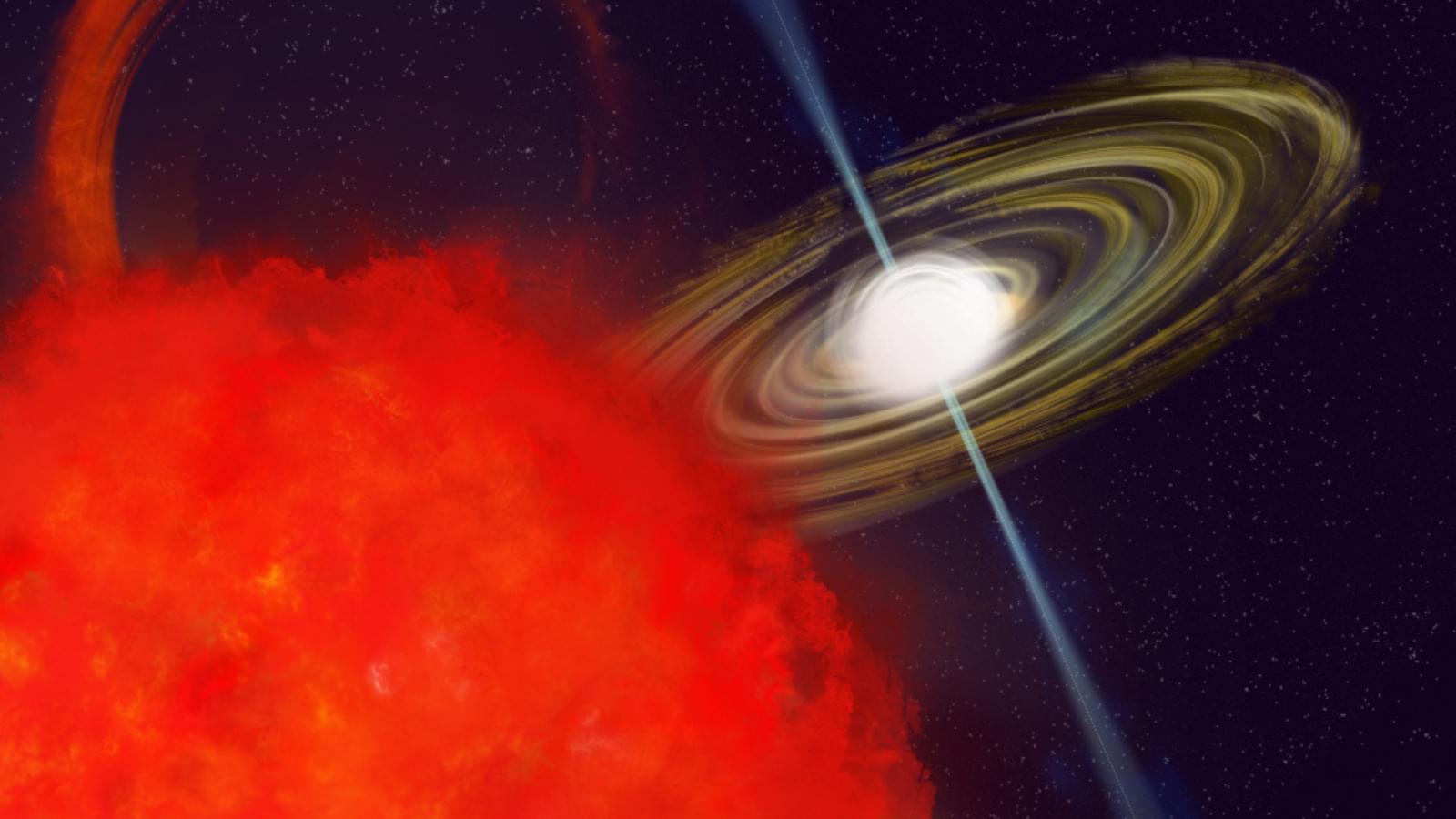
Newly discovered ‘cosmic unicorn’ is a spinning dead star that defies physics: ‘We have a real mystery on our hands’
That implies the radio wave blasts of CHIME J1634+44 are being generated in a way that is unique for this dead star.
What is also weird about these pulses is the fact that they arrive in pairs, but only when the dead star in the CHIME J1634+44 binary has spun several times without emitting a burst.
“The time between pulse pairs seems to follow a choreographed pattern,” team member and ASTRON astronomer Harish Vedantham said in a statement. “We think the pattern holds crucial information about how the companion triggers the white dwarf to emit radio waves.
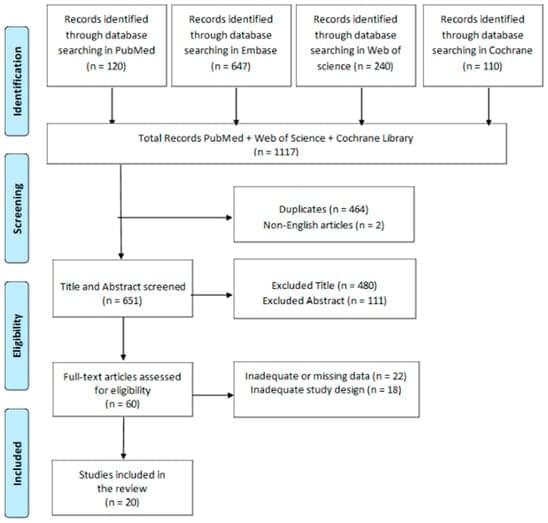
The Role of Innovation Technology in the Rehabilitation of Patients Affected by Huntington’s Disease: A Scoping Review
Huntington’s disease is an autosomal dominant neurodegenerative disease caused by the repetition of cytosine, adenine, and guanine trinucleotides on the short arm of chromosome 4p16.3 within the Huntingtin gene. In this study, we aim to examine and map the existing evidence on the use of innovations in the rehabilitation of Huntington’s disease. A scoping review was conducted on innovative rehabilitative treatments performed on patients with Huntington’s disease. A search was performed on PubMed, Embase, Web of Science, and Cochrane databases to screen references of included studies and review articles for additional citations. Of an initial 1,117 articles, only 20 met the search criteria. These findings showed that available evidence is still limited and that studies generally had small sample sizes and a high risk of bias.
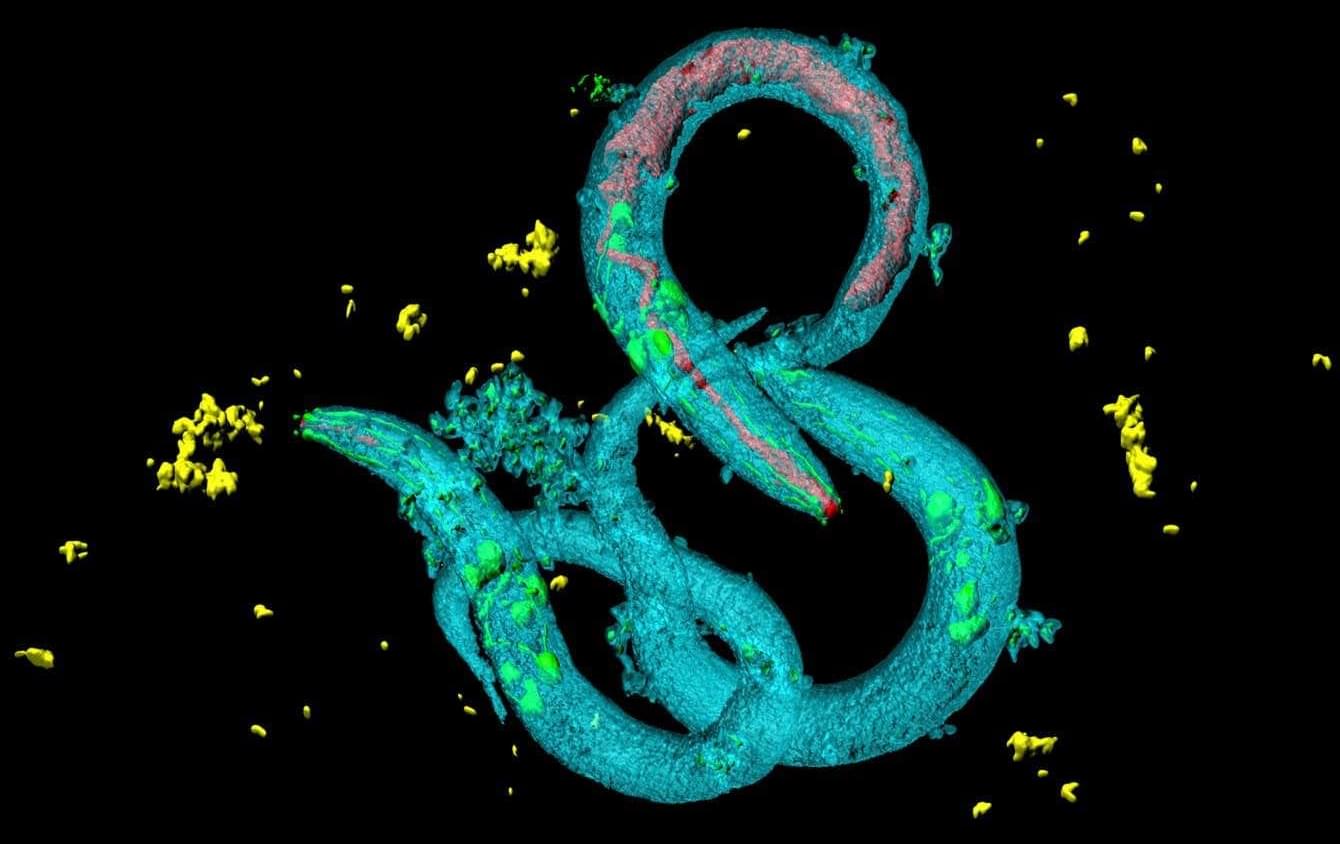


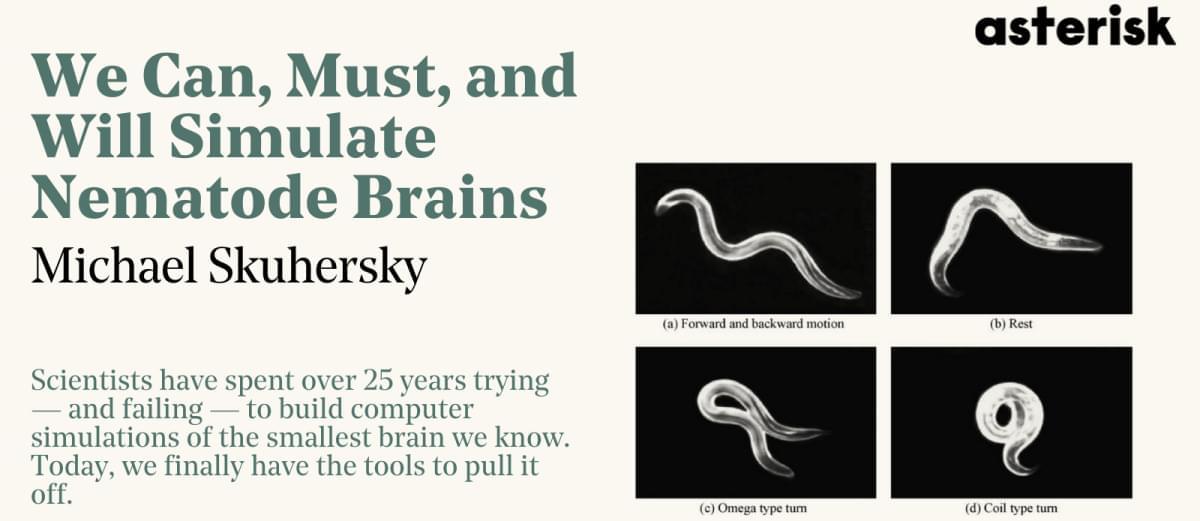
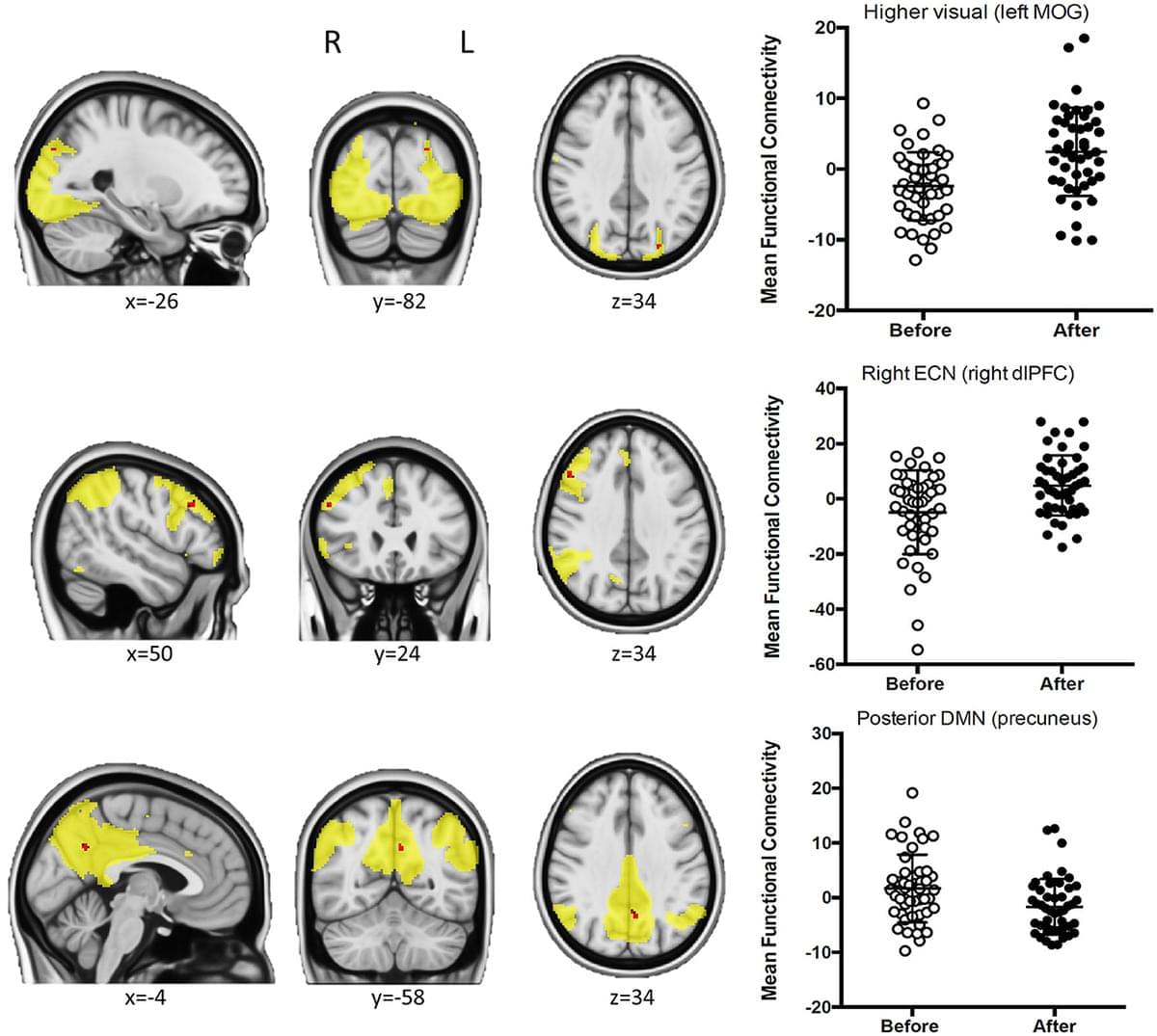
Cognitive Stimulants: from Caffeine to Cannabinoids — Current and Future Perspectives
Habitual coffee consumers justify their life choices by arguing that they become more alert and increase motor and cognitive performance and efficiency; however, these subjective impressions still do not have a neurobiological correlation. Using functional connectivity approaches to study resting-state fMRI data in a group of habitual coffee drinkers, we herein show that coffee consumption decreased connectivity of the posterior default mode network (DMN) and between the somatosensory/motor networks and the prefrontal cortex, while the connectivity in nodes of the higher visual and the right executive control network (RECN) is increased after drinking coffee; data also show that caffeine intake only replicated the impact of coffee on the posterior DMN, thus disentangling the neurochemical effects of caffeine from the experience of having a coffee.
There is a common expectation, namely among habitual coffee drinkers, that coffee increases alertness and psychomotor functioning. For these reasons, many individuals keep drinking coffee to counteract fatigue, stay alert, increase cognitive performance, and increase work efficiency (Smith, 2002). Coffee beverages are constituted of numerous compounds known to affect human behavior, among which are caffeine and chlorogenic acids (Sadiq Butt et al., 2011). From the neurobiological perspective, both caffeine and chlorogenic acids have well-documented psychoactive actions, whereas caffeine is mostly an antagonist of the main adenosine receptors in the brain—A1 and A2A receptors, leading to the disinhibition of excitatory neurotransmitter release and enhancement of dopamine transmission via D2 receptors (Fredholm et al., 2005) to sharpen brain metabolism and bolster memory performance (Paiva et al.
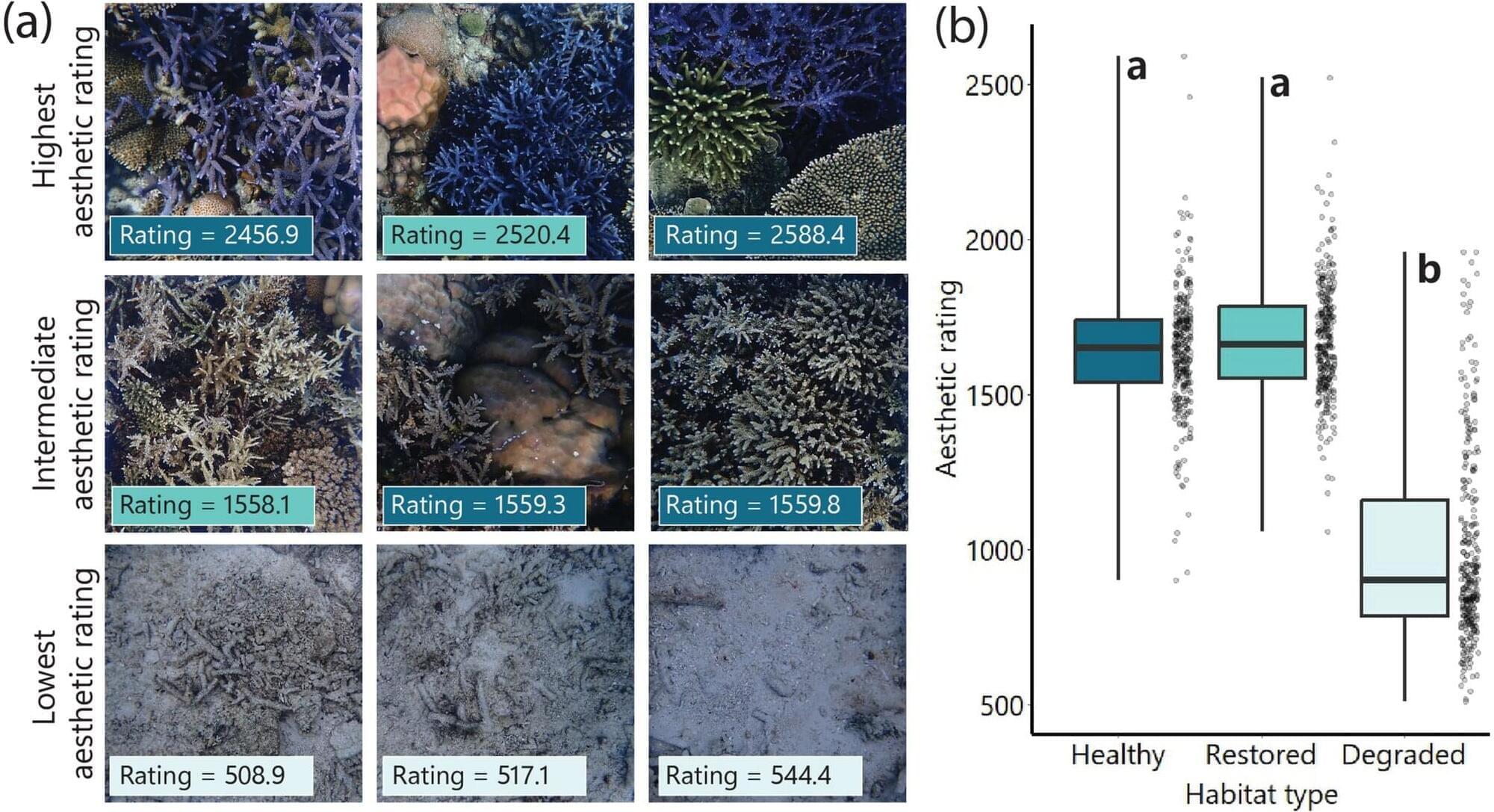
The beauty of coral reefs is key to their survival—so we came up with a way to measure it
Why do people care about coral reefs? Why does their damage cause such concern and outrage? What drives people to go to great lengths to protect and restore them?
Of course, it’s partly because of their ecological importance and economic value —but it’s also because they are beautiful. Healthy coral reefs are among the most visually spectacular ecosystems on the planet—and this beauty is far from superficial. It underpins cultural heritage value, supports tourism industries, encourages ocean stewardship and deepens people’s emotional connections to the sea.
But how can such beauty be measured? And when it is destroyed, can it be rebuilt?

Overuse injuries spark lasting pain and mood changes through inflammation, rat study finds
Repetitive reaching tasks in mature female rats triggered persistent pain-like and sickness behaviors linked to a surge in IL-6-driven inflammation throughout muscles, blood, and the brain. These findings reveal how overuse injuries provoke both physical and mood-related symptoms through a neuroimmune cascade.